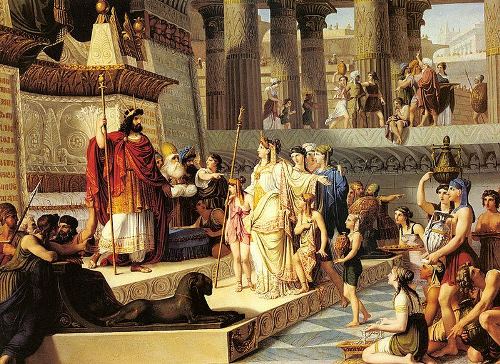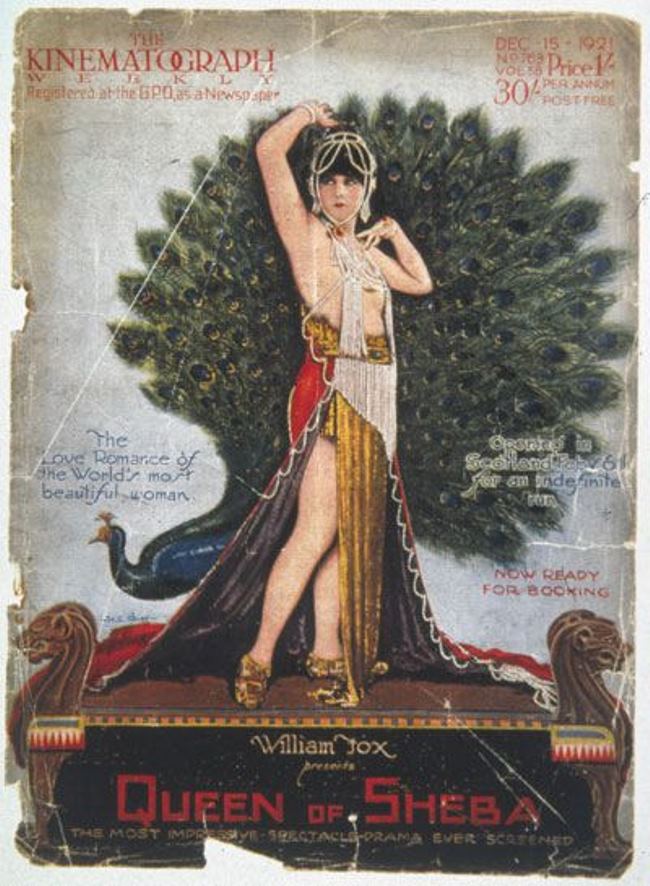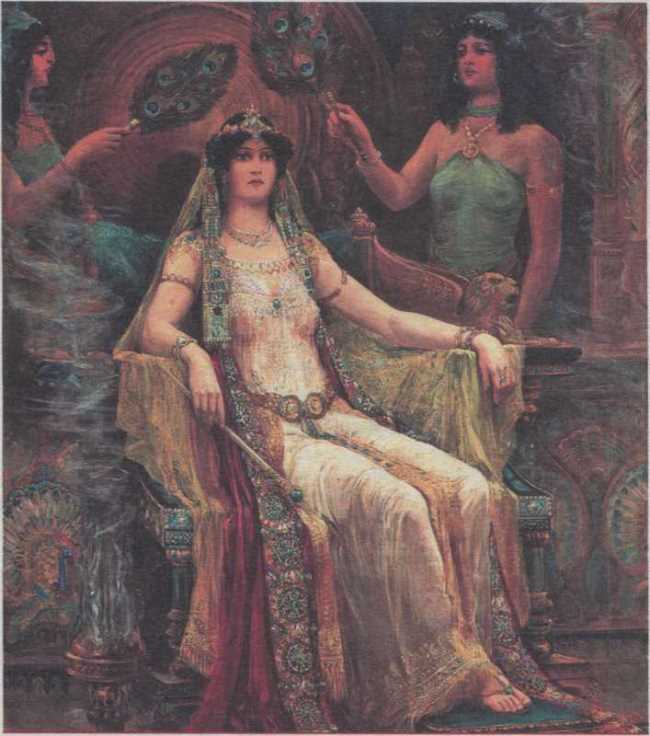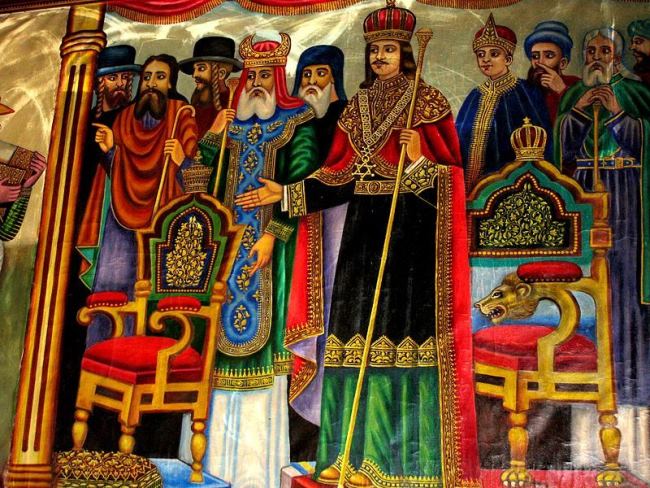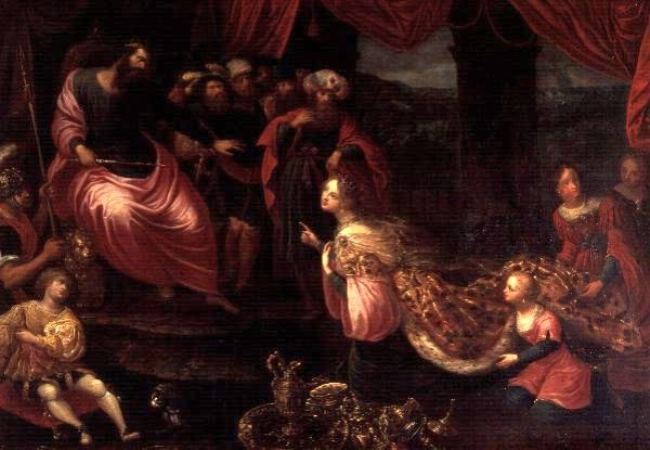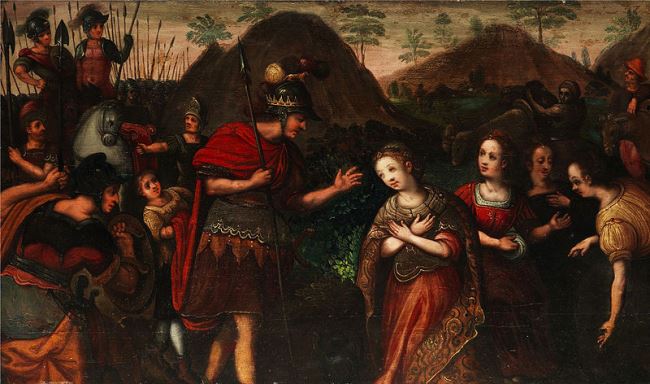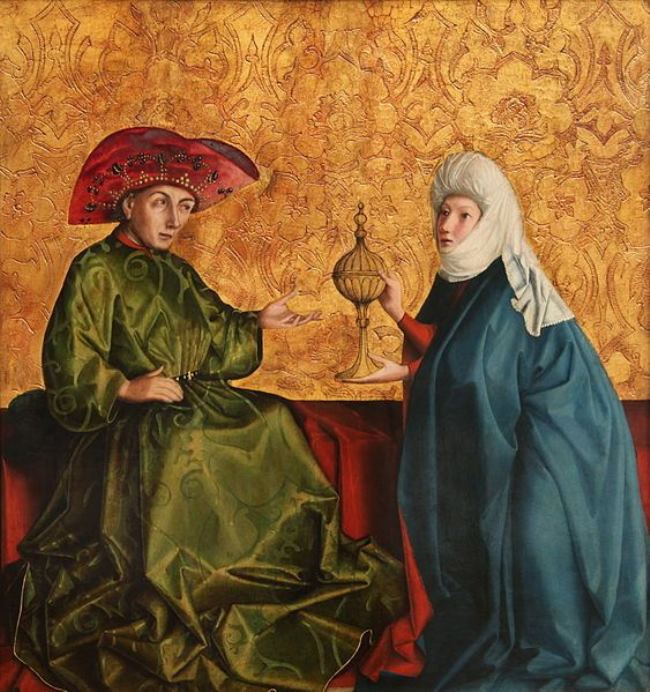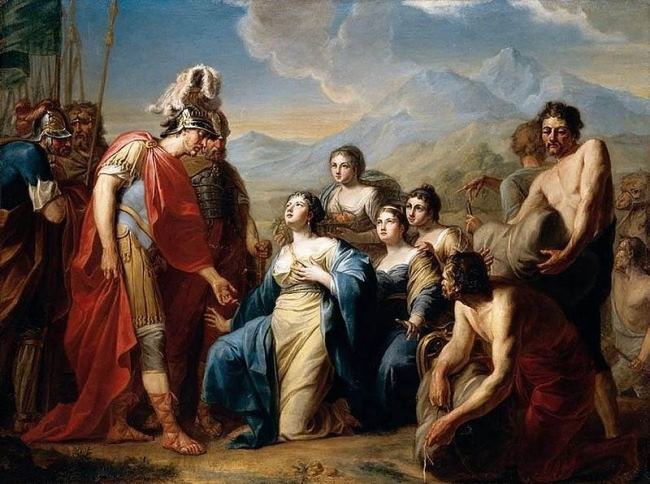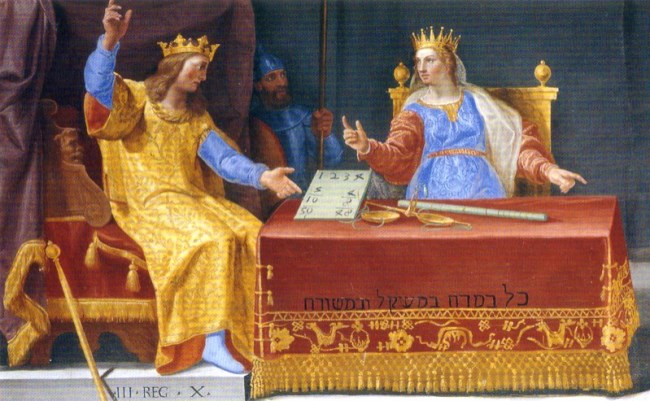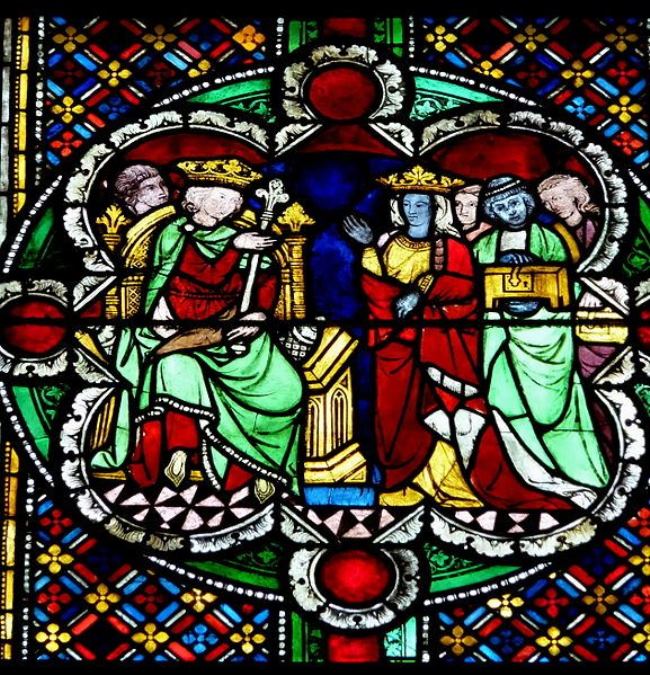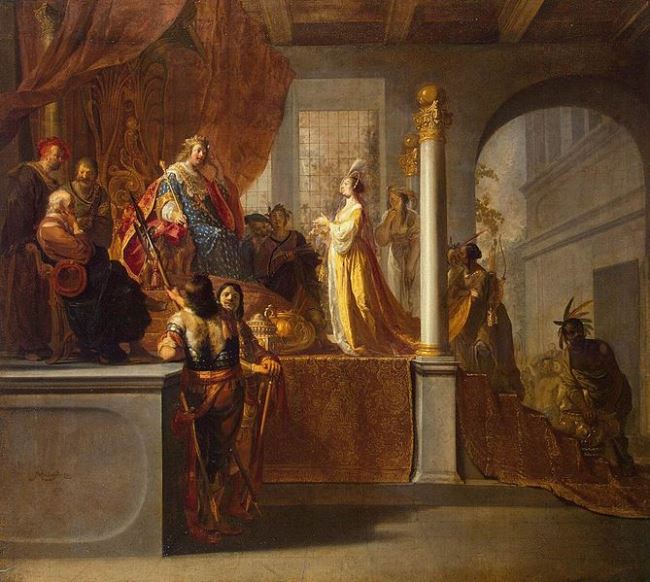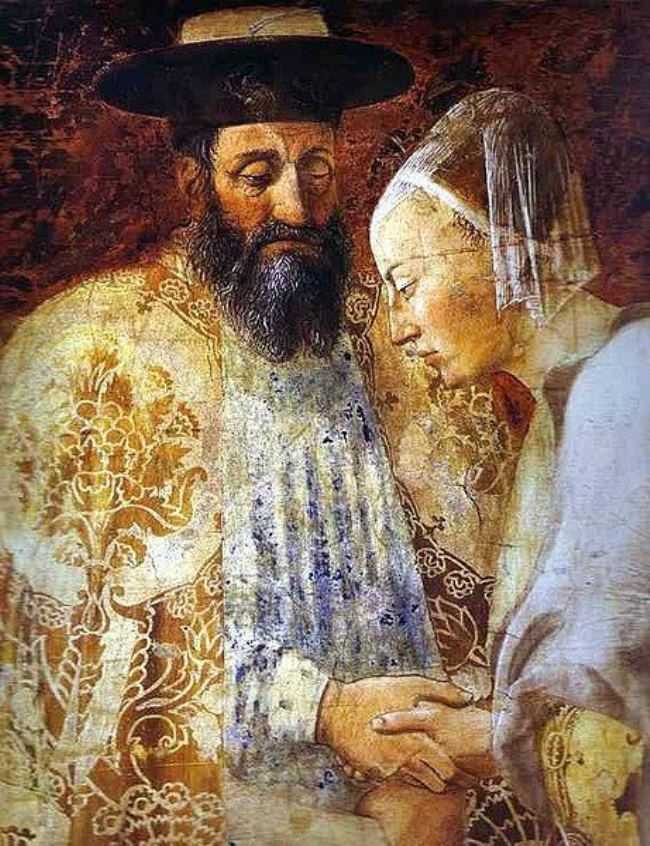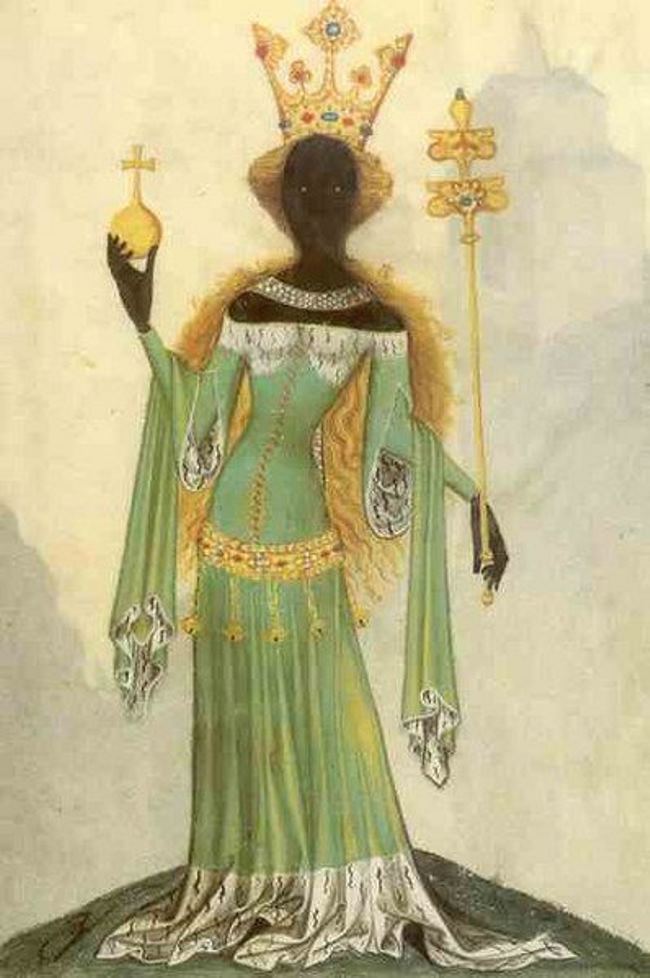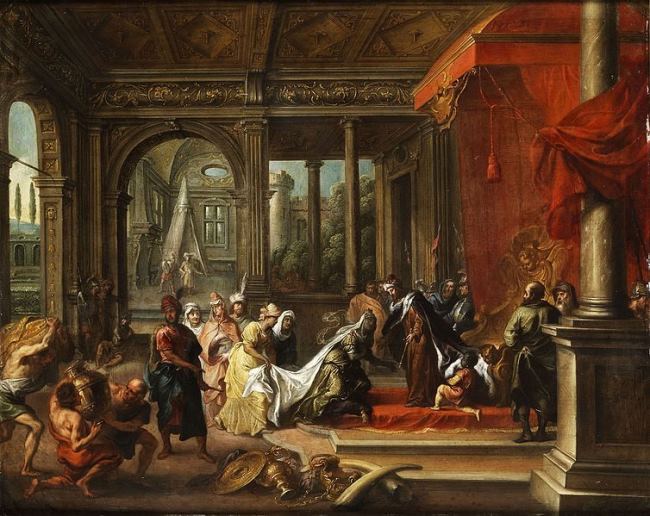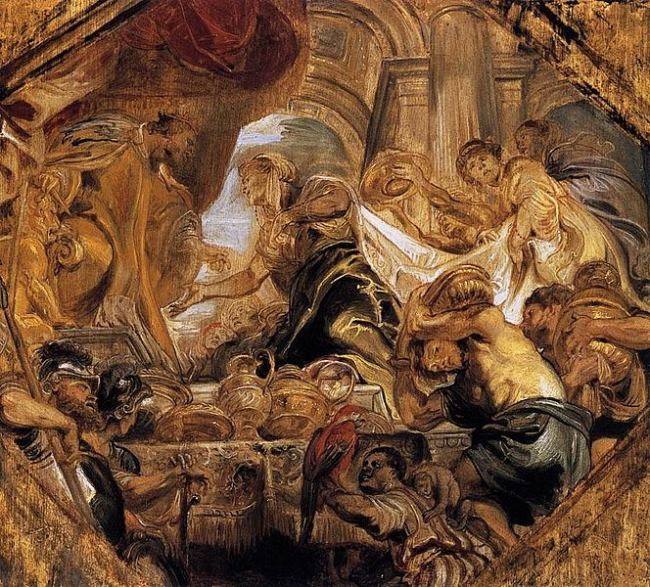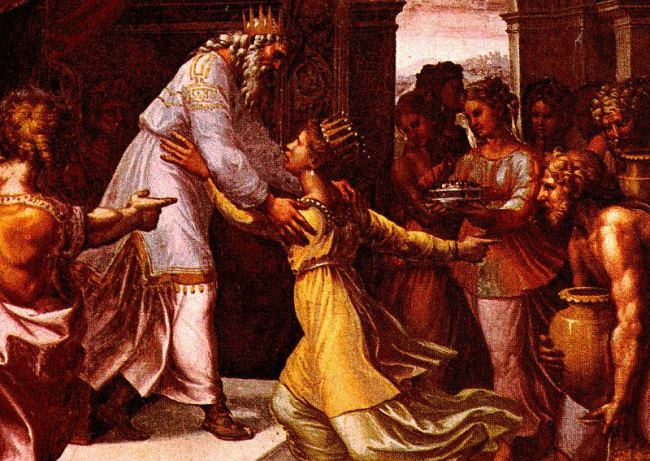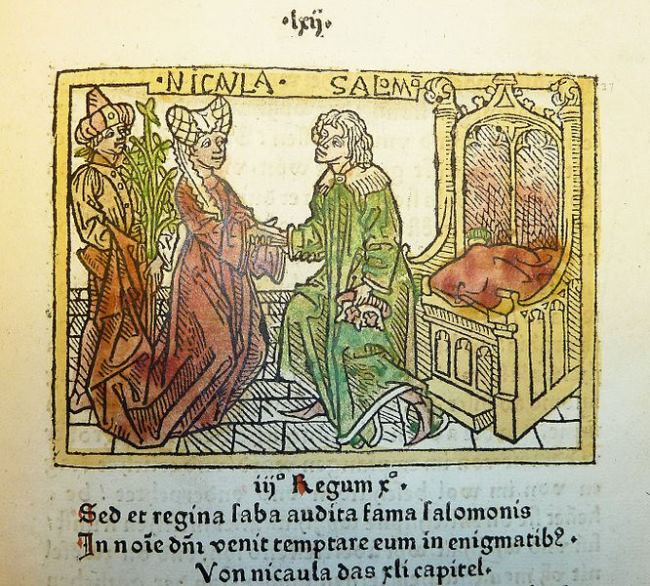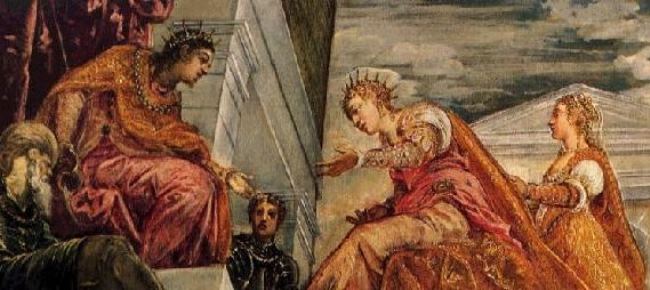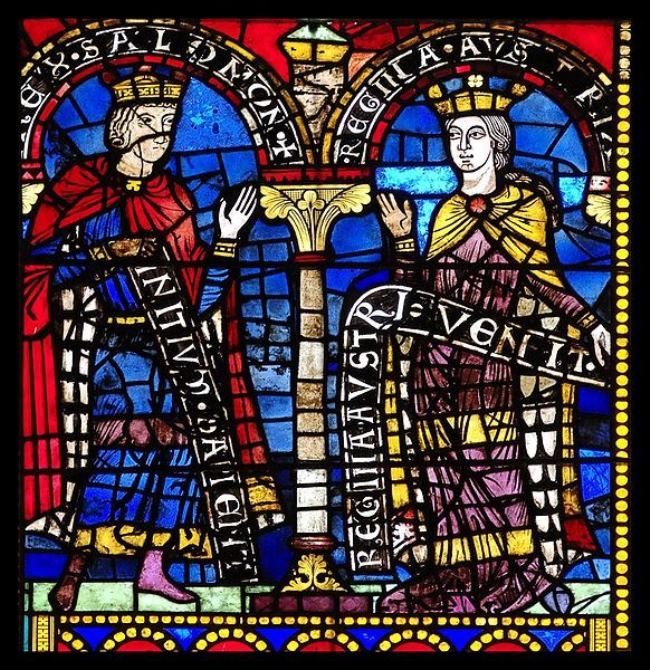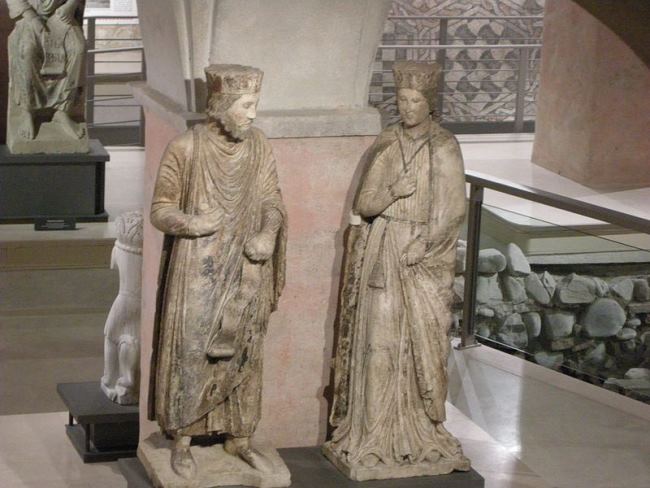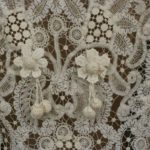Queen of Sheba and King Solomon in art
King Solomon, who was given the name Jedidiah at birth, which means Beloved of God, ruled the state of Israel for forty years. Most often, the years of his reign are called 972–932 BC, and this time is marked by relative calm and peace in Israel. No wonder the royal name of this ruler was Solomon (in Hebrew word “shlomo” means peace). He ascended the throne when he was barely twenty years old. But already in the first years of the reign, the young ruler proved to the Israelis his wisdom, organizational skills and strength. He immediately fortified Jerusalem, built a fleet, allocated large funds to promote trade with neighboring states, erected a great temple, and encouraged the development of science and literature.
Solomon was distinguished by his love for women. Some sources claim that he had about 700 wives and more than 300 concubines. The eldest wife of the king of Israel was an Egyptian woman.
Once, rumors of the wisdom and grandeur of the Jewish ruler came to the imperious and strong Queen of Sheba Bilqis, who ruled the country called Happy Arabia. Majestic temples were on its lands, the richest cities flourished, luxurious gardens were green and roads were built, and the people did not cease to glorify their wise queen. Balkida claimed that her country was the richest in the world, and she was the wisest ruler. The queen decided to see Solomon with her own eyes and to see his amazing mind and divine wisdom.
She was accompanied by several thousand servants who drove camels loaded with gifts to the king of Israel: precious stones, exotic plants, the rarest mahogany and fragrant oils.
According to legend, Solomon met a foreign guest, seated on a golden throne and dressed in gold robes. When the queen saw the Israeli ruler, it seemed to her that a golden statue appeared before her. The great Solomon went to the beautiful Bilqis and, taking her arm, led to his throne.
They said that he immediately fell in love with a stranger and, delighted with her beauty, spent all days with her, talking about countries, the Universe, God. He showed Bilqis the buildings and temples built by him, and the queen did not cease to be amazed at the scope and generosity of the famous Israeli. Finally, she admitted that she was inferior to Solomon in everything and no longer denied his superiority. Then the Queen of Sheba gave the ruler of Israel three riddles. The king answered without hesitation. The woman was even more surprised by the wisdom of the illustrious Solomon.
In one night the queen left Jerusalem.
In the biblical texts narrating about the Queen of Sheba, there is no hint of love or any kind of relationship between her and Solomon. They are depicted there only as two monarchs, caring for the interests of their states.
The Qur’an, the main religious text of Islam, also refers to the Queen of Sheba. According to the Koranic narrative, Solomon learned from a bird about the Sabean kingdom, which was ruled by a queen sitting on a golden throne decorated with precious stones. People in that country worshiped the sun instead of one God. Solomon sent a letter inviting the queen to visit him and believe in one God, Lord of the worlds.
The imperial family of Ethiopia originates directly from the descendants of Queen of Sheba and King Solomon. Ethiopians call the Queen Makeda. Some researchers associate this name with Macedonia and later Ethiopian legends about Alexander the Great. Ethiopians believe that she was born around 1020 BC in Ophir. The legendary country of Ophir stretched across the entire east coast of Africa, the Arabian Peninsula and even captured the island of Madagascar. The ancient inhabitants of this country were fair-skinned and tall. Makeda was educated by the best scientists, philosophers and priests of her country.
Ancient Ethiopian legends say that King Solomon and Queen of Sheba gave birth to a son, Menelik, who became the first emperor of Ethiopia.
Recent archaeological discoveries in Yemen confirm the version according to which Queen of Sheba ruled South Arabia. It turned out that the residence of the Sabaean kings was the city of Mareb in Yemen.
A team of researchers from the University of Calgary (Canada), led by a professor of archeology, Dr. Bill Glanzman explores an ancient 3,000-year-old temple in the Sabean capital Mareb, in modern Yemen, allegedly associated with the Queen of Sheba. According to legend, somewhere near the temple there is the palace of the Queen.
Whether these searches will succeed, time will tell, but so far in the UK, Canada and the United States the phrase “Queen of Sheba” is used as a figure of speech, meaning something completely unreal and not true.
